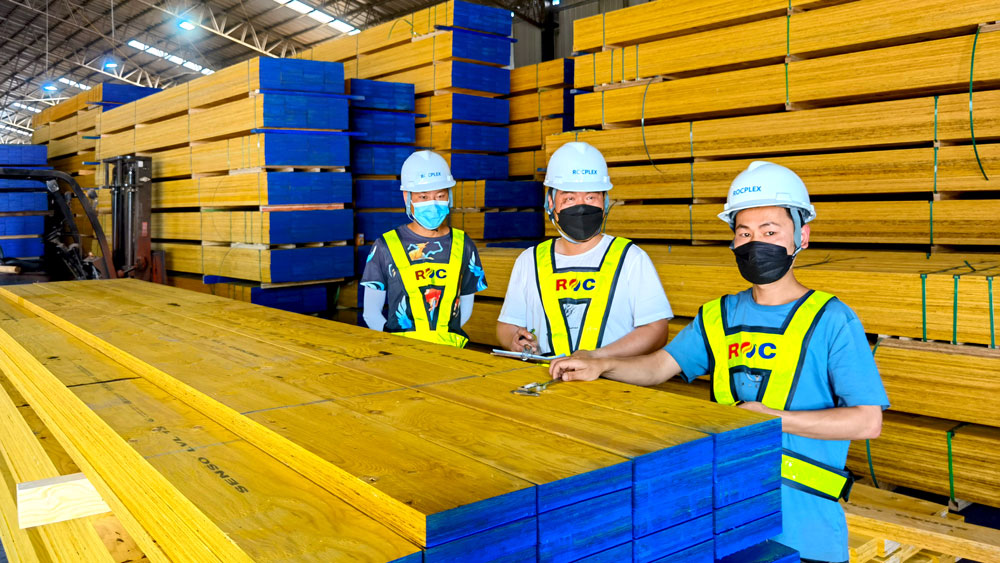In the evolving world of construction, Laminated Veneer Lumber, or LVL Timber, has emerged as a game changer. It is an engineered wood product that promises superior strength, stiffness, and dimensional stability. This article delves into the world of LVL wood, its uses, how to find a trustworthy LVL Timber supplier, and factors influencing the LVL Timber price.

Overview of LVL Timber
What is LVL Timber?
LVL Timber, a high-strength engineered wood product, is made from layers of bonded thin wood. It is created under heat and pressure in a controlled manufacturing process, which ensures that the end product can bear heavy loads and is resistant to warping, splitting, and shrinking.
Why LVL Matters
LVL is increasingly becoming a material of choice in the construction industry due to its unique features. It provides a high strength-to-weight ratio, excellent thermal performance, and compatibility with standard tooling, which makes it a highly practical and cost-effective solution for various construction applications.
Implementing LVL in Construction
Core Steps of Using LVL
Utilizing LVL in construction involves planning, sourcing, and installing. Detailed structural plans are crucial to ensure the correct use and placement of Laminated Veneer Lumber. Sourcing involves finding a reliable Laminated Veneer Lumber supplier that provides high-quality products at competitive prices. The installation process must follow the structural plan accurately to maximize the benefits of LVL wood.
Best Practices for Implementing LVL
To ensure the longevity and performance of LVL Beams, follow best practices such as using correct fasteners, avoiding exposure to persistent wet conditions, and carrying out regular inspections for potential damages or wear.
Specific Examples of LVL Application
LVL Timber is versatile and is used in various structural applications such as beams, headers, columns, rim boards, and scaffold planking. Its resilience and stability have also made it an ideal choice for load-bearing components in floors, roofs, and walls in commercial and residential constructions.
Challenges and Future Outlook of LVL Timber
Common Challenges and Solutions
While LVL wood offers many advantages, some challenges need to be addressed, including the potential for moisture damage and termite attacks. Using treated LVL wood and ensuring proper installation and maintenance can mitigate these risks.
Future Trends and Potential of LVL wood
With growing interest in sustainable construction, the demand for LVL wood is expected to rise further. Technological advancements may also lead to improvements in the manufacturing process and the development of even higher-quality LVL products.
LVL Timber Supplier and Price Considerations
Selecting a reputable LVL wood supplier is vital to ensure the quality of the materials. Factors influencing the LVL Timber price include the quality, treatment, and size of the timber, as well as market demand and supply dynamics.

Wrapping Up Our Journey in the World of LVL Timber
Embracing the world of LVL Beams introduces us to an exciting realm of opportunities in the construction industry. From understanding its distinctive properties and applications, to becoming savvy in selecting suppliers and appreciating the intricacies of pricing, we have embarked on an informative exploration. Armed with this knowledge, construction professionals are well-equipped to harness the benefits of LVL Timbers, paving the way for more secure, efficient, and sustainable buildings. The future of construction undoubtedly holds a significant place for LVL Products, and we invite you to be a part of this exciting journey.

Post time: Jul-13-2023

